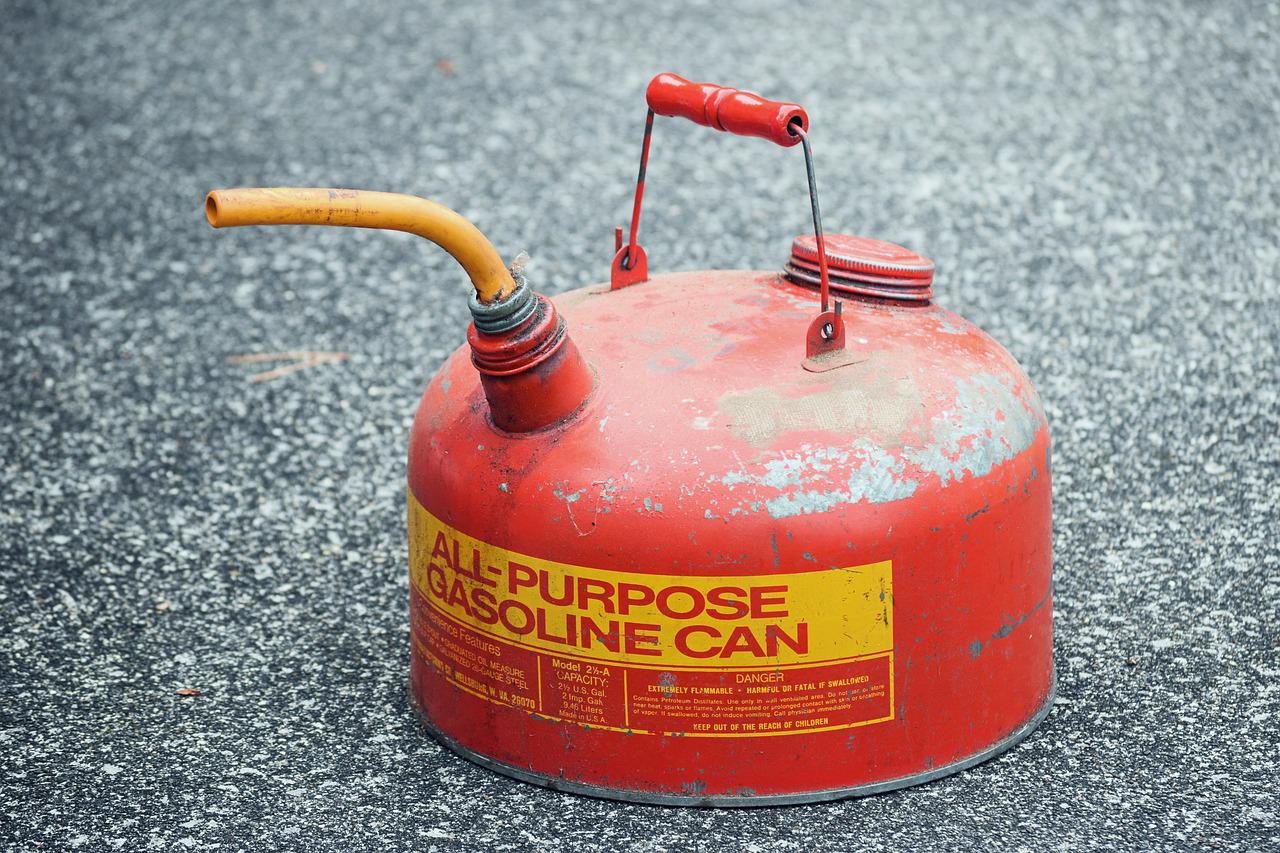Taking precautions when working with hazardous materials is very important. However, we should also recognize that it’s equally important to maintain the same high level of safety when these materials are in storage. The substances can pose several different hazards if not handled and used properly and safely. Those that deal with hazardous materials should follow OSHA regulations that cover general safety requirements for storage areas as well as cabinets.
Since most of the regulations deal with specific substances like flammable and combustible liquids, it’s important to know how to keep them safely organized.
Read on to learn more about safely organizing flammable liquids in proper cabinets.
Label the chemicals properly
Those that store flammable chemicals should invest in flammable safety cabinets and make sure they label them properly. For example, if you’re storing gas cans you should properly label them and look for the right cabinets to help you protect your people and facility from a potential fire. A fireproof cabinet for gas cans, for instance, should comply with federal OSHA regulations to keep the dangerous liquids safely stored and organized.
Additionally, make sure you never remove or alter a manufacturer’s original label for a hazardous chemical. Labels should always contain information including which chemical is in the container, which hazards it presents, and contact information for the manufacturer. Note that Material Safety Data Sheets (MSDS) must be available on-site because they provide essential data on the health and safety of the hazardous chemicals you’re working with.
Ensure you’re using the right cabinets
There are different models of flammable safety cabinets, constructed according to NFPA and OSHA fire safety standards. You need to ensure that the cabinets you’re using are proper for your application. Look at the NFPA’s hazardous materials codes to decide which model is right for your application.
Some containers have a range of safety features that make them the perfect choice for a wide variety of applications. For example, you can look for ones with self-latching doors that automatically lock under fire conditions, vents with flame arresters, and security bards to prevent unauthorized access. You can also find a variety of build types including corner and under-corner models.
Check for incompatible chemicals
You need to make sure that you’re not storing incompatible chemicals together, as well. Storing the wrong chemicals in the same cabinet can have devastating effects if a disaster damages multiple containers inside. This can also result in the release of toxic gases or other hazardous by-products. That’s why it is essential to be familiar with what you can and can’t store together.
Common incompatibles include flammable solvents like paint thinner with oxidizers such as bleach, nitric acid with acetone or other flammables, and ammonium nitrate with flammable liquids. Keep in mind that only flammable and combustible materials should be stored in flammable cabinets because storing other types of dangerous chemicals can result in accidentally stored incompatibles. Note that different classes of hazardous chemicals shouldn’t be stored in the same cabinets.
Annual inspections on all flammable cabinets
Performing consistent inspections on your flammable cabinets is crucial if you want to be safe from hazardous materials. Especially if you rarely use the materials in your flammable cabinets, you must perform a thorough inspection and inventory at least once a year. Make sure you check that all chemicals are properly labeled, and look for leaks or damaged containers.
Make sure that no chemicals have accidentally been stored with incompatibles and take a complete inventory to ensure no hazardous chemicals are unaccounted for. In addition to this, you need to have spill containment and fire extinguishing materials near your flammable cabinets. Invest in proper fire suppression materials and spill containment systems, and keep them close to the cabinets where you’re storing hazardous chemicals.
How to keep flammable liquids
No matter the chemicals you use, it’s very important that you understand what steps you must take to create a safe environment. Those that work with flammable liquids need to carefully manage their stores if they want to reduce the risk of fire, explosion, dangerous chemical reactions, and human harm.
You need to understand the hazards associated with each chemical that you carry. Since many chemicals are highly flammable and have very low flash points, it means that flammable liquids can easily ignite at room temperature and cause a fast-burning fire. That’s why you should isolate ignition sources and incompatible substances. Use appropriate flammable cabinets and implement consistent housekeeping practices.
In closing
Storing hazardous chemicals is very challenging because of the high stakes it presents. If you’re dealing with such materials, you must commit to following the best practices consistently and address those challenges. Make sure you maintain the highest standards of safety by following the steps in this guide.

